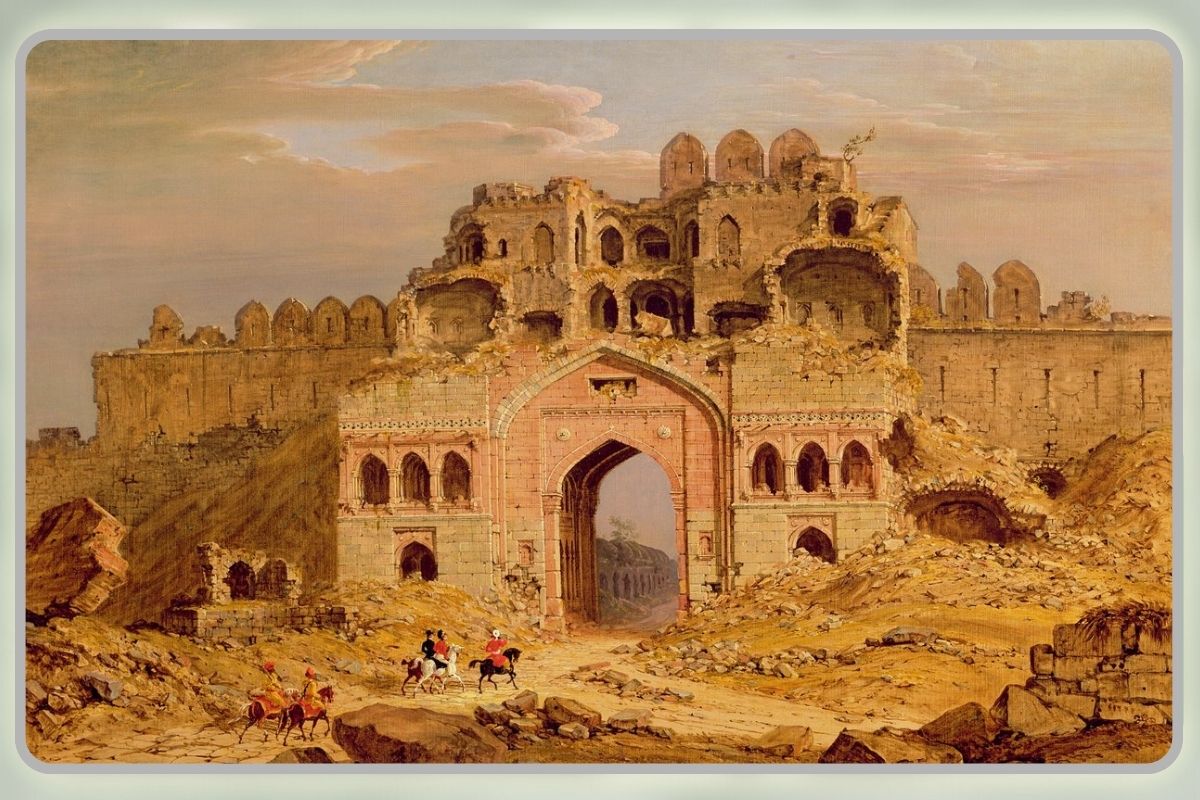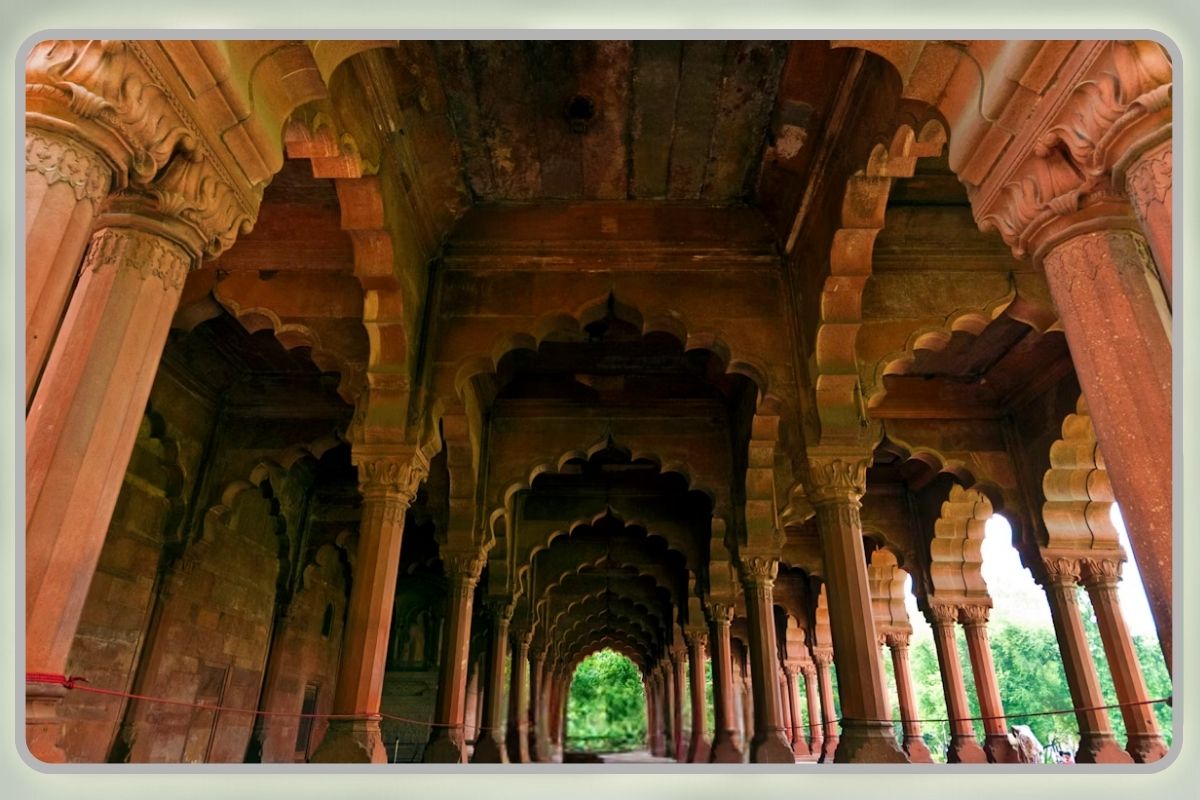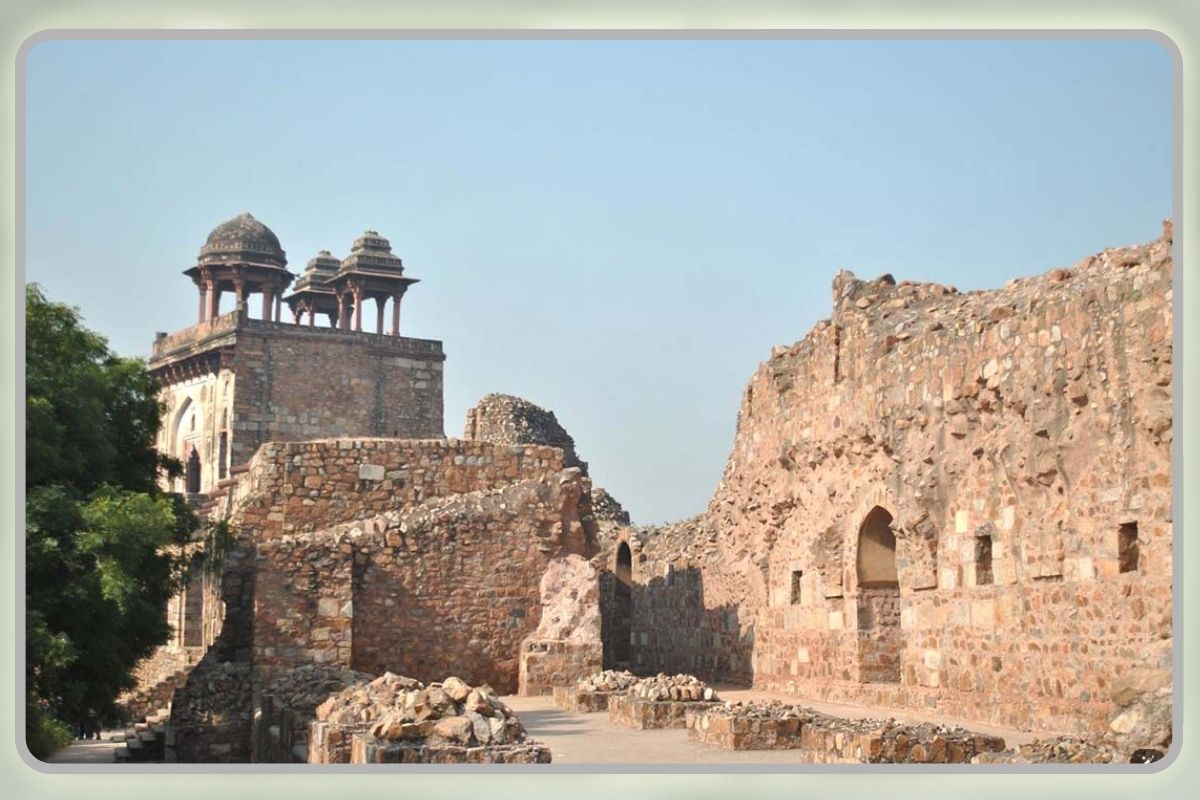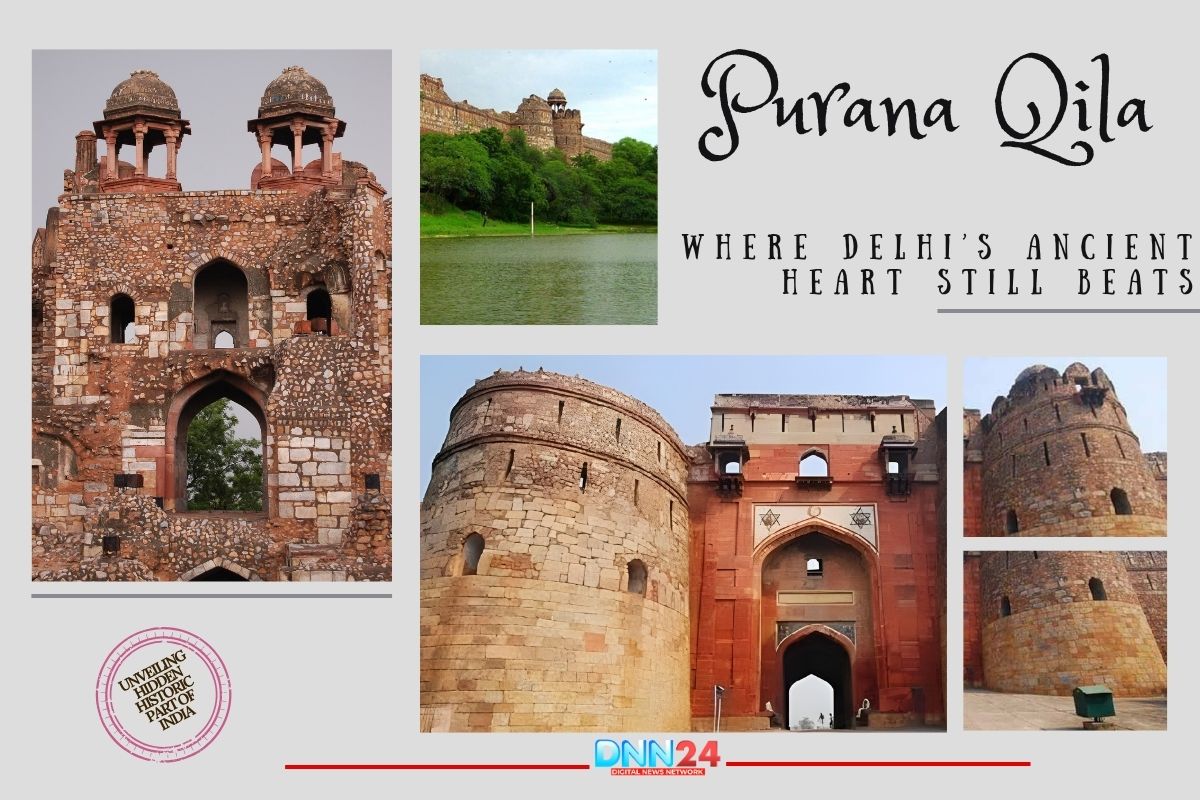Standing beside the Yamuna River, Purana Qila rises from the earth like a keeper of secrets. This is not merely another fort dotting India’s landscape. It is the oldest living chapter of Delhi, a place where archaeology meets mythology and both tell the same story. Scholars have long suspected that beneath these thick walls lies Indraprastha, the legendary capital city ruled by the Pandavas in the Mahabharata. Excavations confirm what folklore insisted: painted grey ware pottery from Iron Age settlements, dating back over 2,500 years, has been found here. When visitors walk through the gates of Purana Qila, they are not stepping into history alone.

They are entering a place where time itself has folded, where the ancient and the medieval sit together without quarrel. The fort belongs to no single empire or ruler. It belongs to the land itself, to the patient earth that witnessed kingdoms flourish and fade. This continuity makes Purana Qila rare. While other monuments declare the glory of one dynasty, this fort speaks for all of them. It has outlived conquerors and survived neglect, remaining a stubborn witness to the truth that Delhi has always been here, continuously inhabited, and always significant. The stones do not boast. They endure.
Humayun’s Vision and Sher Shah’s Triumph
During the early 16th century, Mughal Emperor Humayun decided to build a new capital called Agra Fort, not Dinpanah, which means “Refuge of Faith.” Purana Qila was meant to be its fortress heart, a stronghold protecting the grand dream of a Mughal city. But empires rarely follow plans. Afghan warrior Sher Shah Suri defeated Humayun in 1540, seized control of the half-built fort, and renamed it Shergarh. What Humayun imagined, Sher Shah completed. The fort today holds two treasures from that turbulent period: the Qila-i-Kuhna Mosque and the Sher Mandal. The mosque is a masterpiece of Indo-Islamic architecture, where the prayer halls blend with Persian artistry.

Its arches curve gracefully, its inscriptions speak of devotion, and its design reflects a ruler who understood that power alone does not last unless beauty accompanies it. The Sher Mandal, an octagonal tower, served as Humayun’s library after he reclaimed the fort years later. Tragedy arrived quietly. Humayun fell from the steep steps and died from his injuries, a strange twist of fate for a man who had fought battles across empires only to be undone by stone stairs. The fort’s three main gates—Bara Darwaza, Humayun Darwaza, and Talaqi Darwaza, blend Afghan solidity with Mughal elegance, standing as reminders that architecture often tells more honest stories than official chronicles.
The Secrets Buried Below
What makes Purana Qila truly remarkable is not just what stands above ground, but what has been uncovered beneath it. The Archaeological Survey of India has conducted excavations here since the 1950s, and the most recent digs in 2023 continue to reveal astonishing finds. Nine distinct layers of civilisation have been identified, stretching from pre-Mauryan times through the Mughal period. Each layer holds fragments of daily life: coins that once bought bread, seals that marked official documents, terracotta toys that children once played with, and a nearly 900-year-old Vaikuntha Vishnu sculpture.

A Mauryan well, built around 2,500 years ago, still sits beneath the soil, a reminder that people have drawn water from this land since before Christ was born. These artefacts now rest in the Archaeological Museum within the fort, offering visitors a rare chance to see continuity made tangible. You can trace a thread from ancient pottery to Mughal coins, from mythic Indraprastha to medieval Shergarh. The excavations confirm what poets and historians have long suspected: Delhi did not originate with a single ruler or invasion. It began long before recorded history, and it simply continued, absorbing each new culture into itself. Purana Qila is not a monument to conquest. It is a monument to survival.
A Living Monument in a Modern City
Today, Purana Qila sits in the heart of bustling Delhi, surrounded by traffic and skyscrapers, yet somehow remains untouched by the noise. Early morning joggers circle its outer walls, students sketch its arches for college assignments, and families visit on weekends to escape the city’s relentless pace. Each evening, the Sound and Light Show brings the fort’s history to life through narration and projection, tracing Delhi’s journey from mythological Indraprastha to the capital of independent India. The fort’s small lake offers boat rides, where visitors glide quietly across water that mirrors the ramparts above.

Peacocks roam freely, banyan trees provide shade, and for a few moments, it feels possible to forget that millions live just beyond the walls. The National School of Drama regularly hosts performances here, and cultural festivals transform the old courtyards into spaces where past and present blend seamlessly. Purana Qila refuses to be just a tourist site. It insists on being an integral part of Delhi’s vibrant culture. As excavations continue and discoveries emerge, the fort quietly reminds everyone that cities do not simply expand outward; they also evolve inward. They grow upward from deep roots. Delhi did not build around Purana Qila. Delhi grew from it, layer by patient layer, century after century.
Also Read: Tomb of Bahlul Lodi: Delhi’s Hidden Sultan and His Humble Legacy
You can connect with DNN24 on Facebook, Twitter, and Instagram and subscribe to our YouTube channel.

